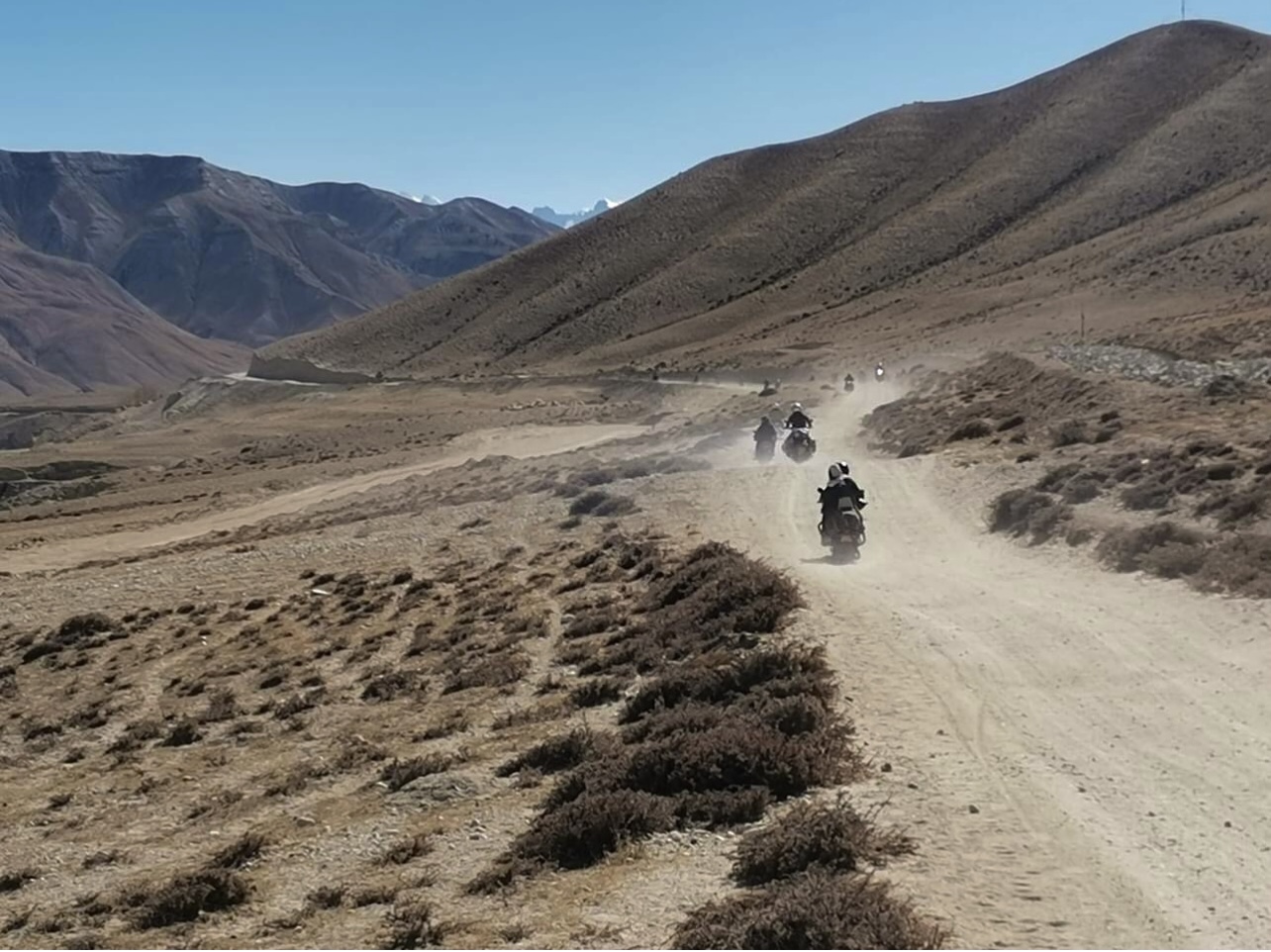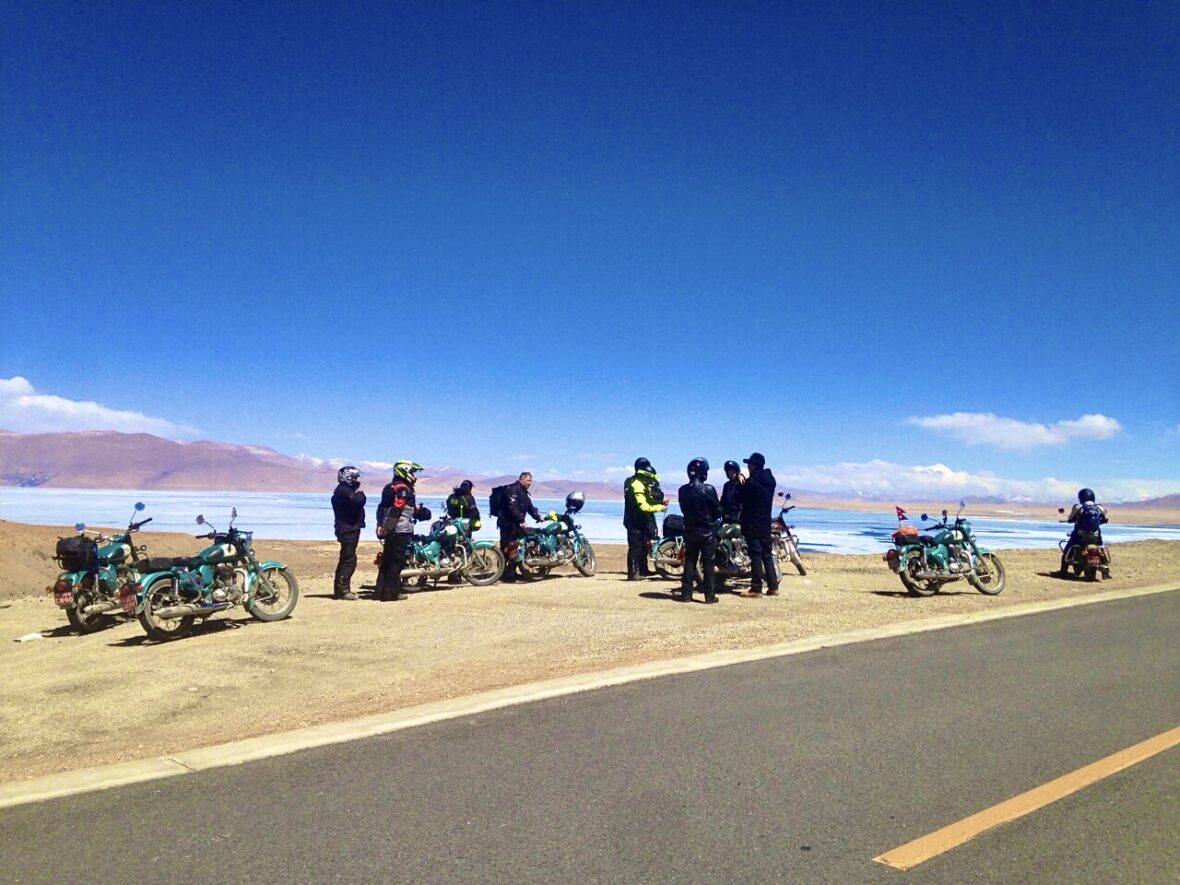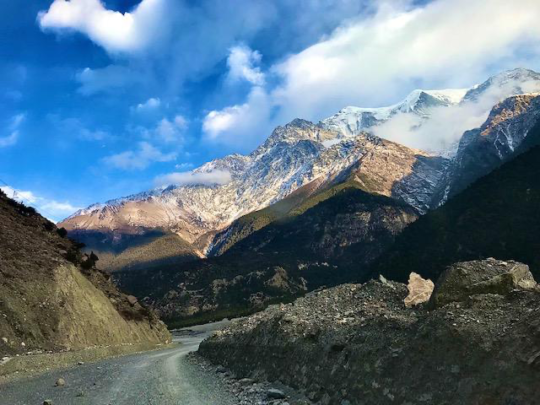Welcome to the open road, where adventure awaits around every twist and turn. As motorcycle tour companies gear up to provide riders with unforgettable experiences, Bikemandu invites tour operators from across the globe to join forces and take their tours to new heights.
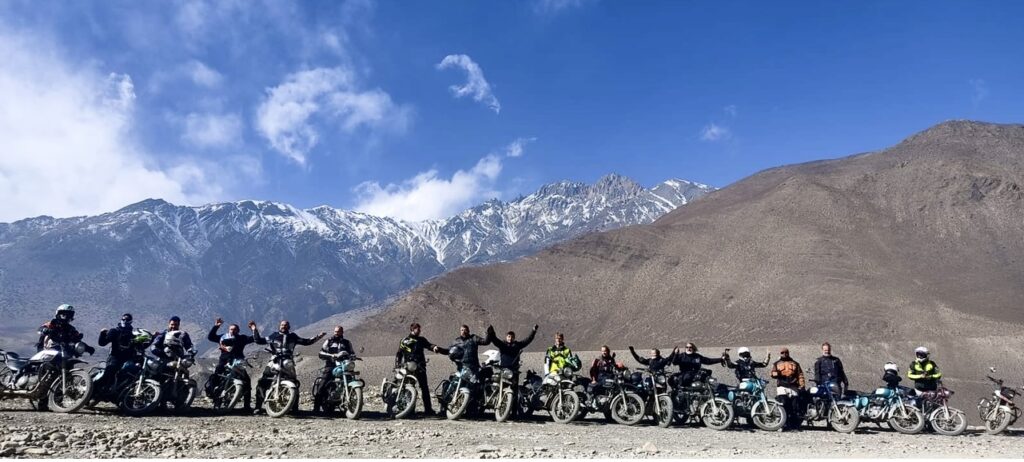
Unlock a World of Possibilities: At Bikemandu, we believe that every motorcycle tour should be an epic journey, and we’re here to help tour companies make that a reality. By partnering with us, tour operators gain access to an extensive fleet of premium motorcycles from top brands, ensuring that every rider has the perfect bike for their adventure.

Streamlined Booking Process: Say goodbye to paperwork and hello to seamless booking with Bikemandu. Our user-friendly platform allows tour companies to reserve motorcycles for their clients with ease, saving time and hassle. With flexible rental durations and convenient pickup and drop-off locations, organising unforgettable tours has never been easier.
Tailored Partnership Solutions: We understand that every tour company is unique, which is why we offer customised partnership solutions to meet your specific needs. Whether you’re looking for exclusive discounts, co-branding opportunities, or marketing support, our team will work with you to create a partnership that aligns with your goals and objectives.
Global Exposure: Partnering with Bikemandu opens doors to a global audience of riders and travellers. Through our website, social media channels, and marketing campaigns, we’ll help you promote your tours to a worldwide audience, increasing your visibility and attracting more customers to your business.
Expert Support and Guidance: Our team of motorcycle enthusiasts and industry experts is here to support you every step of the way. Whether you have questions about our rental process, need assistance with marketing materials, or want advice on designing unforgettable tour itineraries, we’re here to help you succeed.
Enhanced Customer Experience: At Bikemandu, we’re passionate about motorcycles and travel, and we’re committed to providing exceptional service to both our partners and their clients. From the moment your clients reserve a motorcycle through our platform to the end of their tour, we’ll ensure that they have a seamless and memorable experience every step of the way.
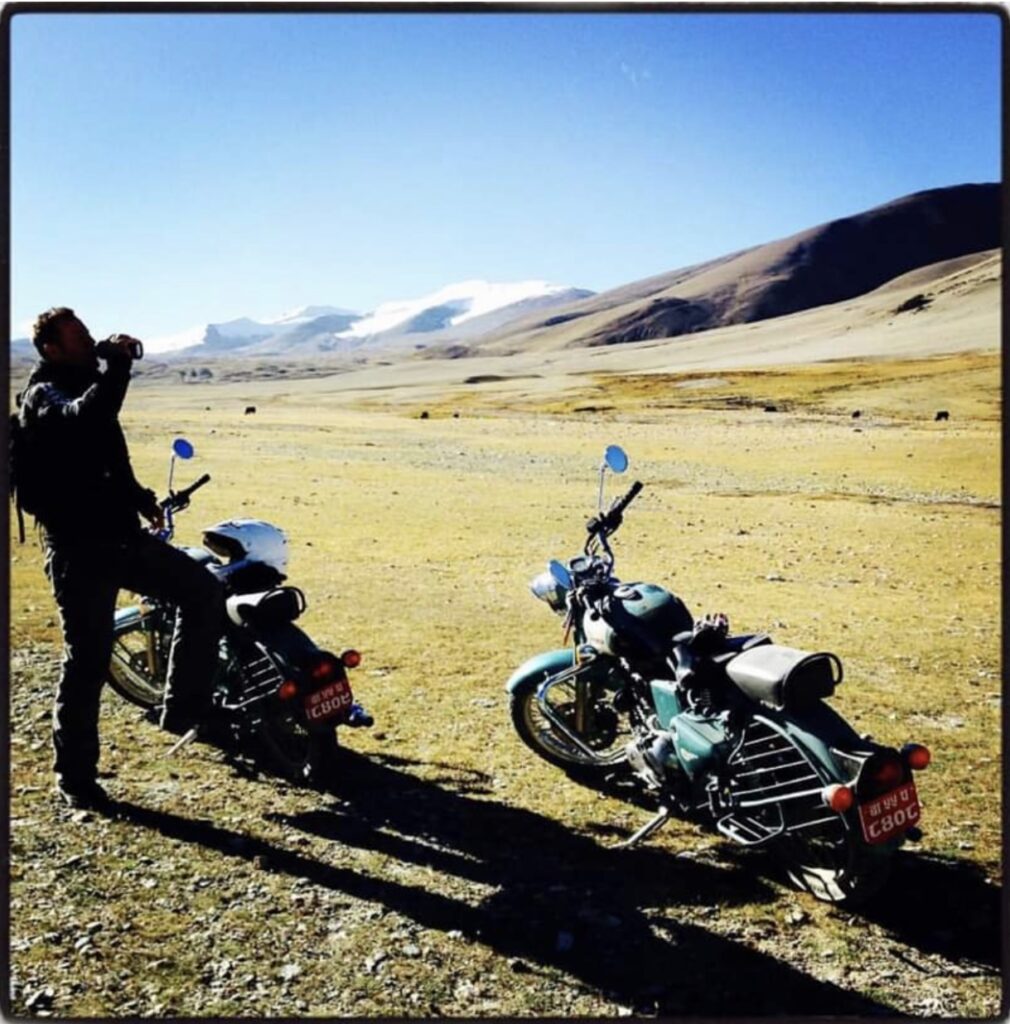
In conclusion, partnering with Bikemandu is the key to unlocking new opportunities and taking your motorcycle tours to the next level. Join forces with us today and together, let’s ride towards success.
Bikemandu Travels

